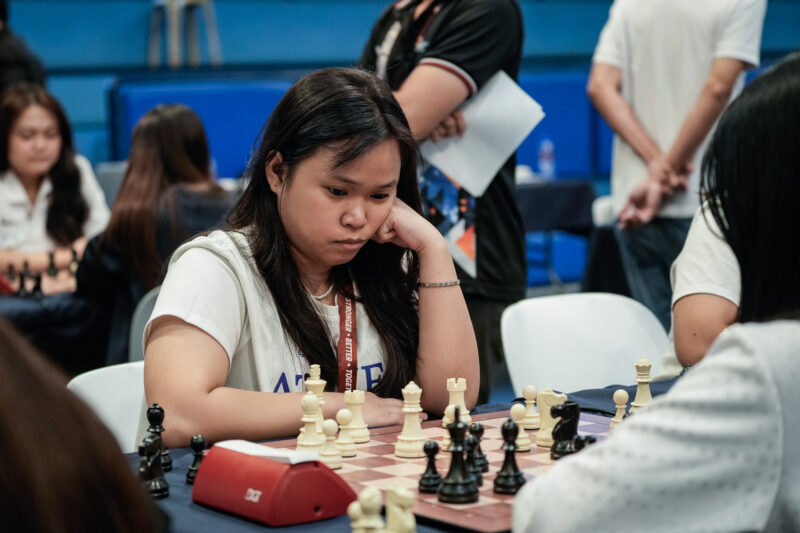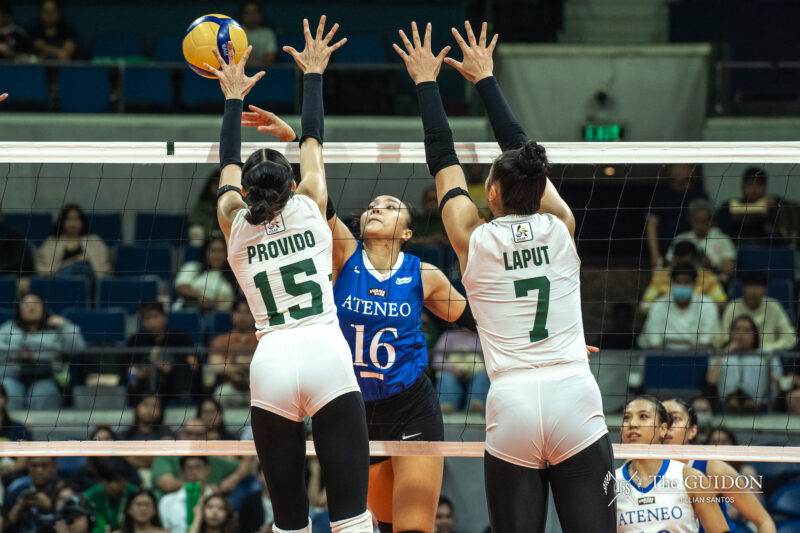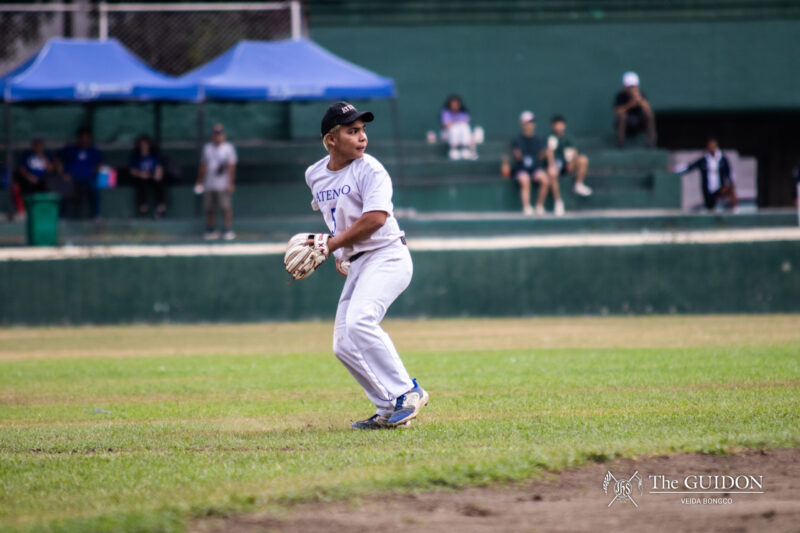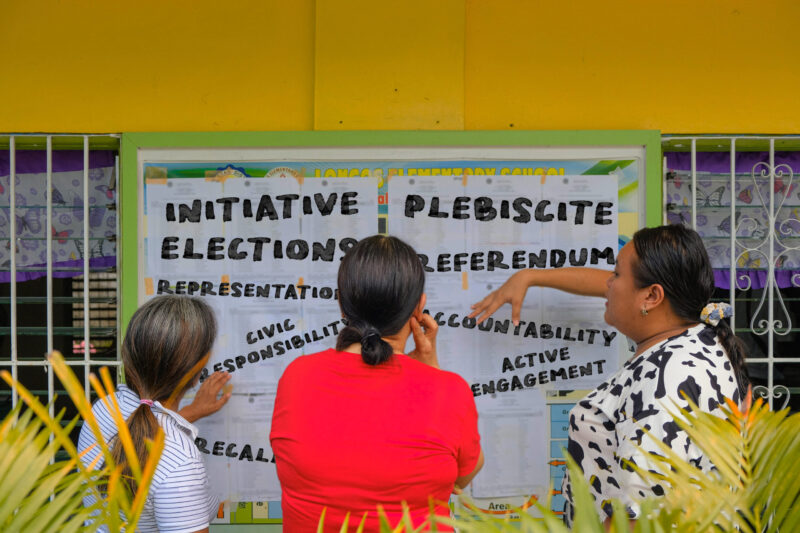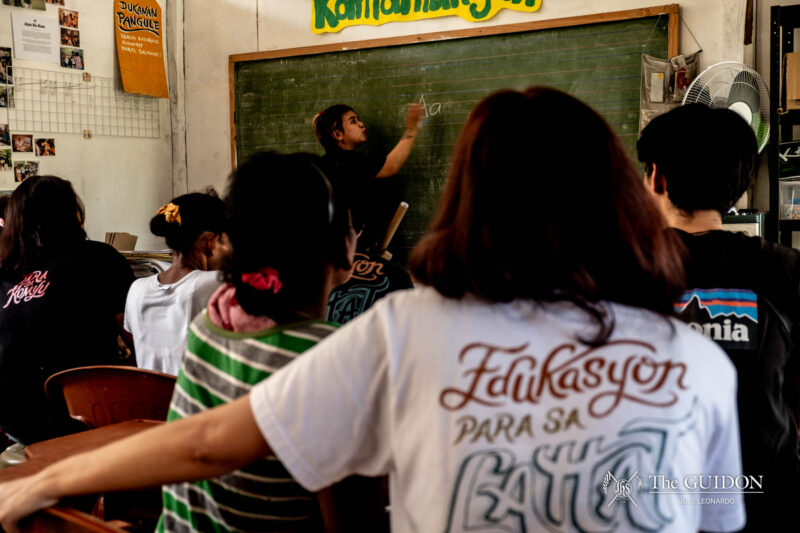TIME AND time again, the undying dedication that female athletes delegate to their respective sports is undermined by low audience turnouts and insufficient media coverage. Such sidetracking of women’s sports is instigated by gender bland sexism, a contemporary gender framework that disguises sexism against women athletes as reactions to individual athletes’ performance. This makes women’s athletic accomplishments appear lackluster compared to those of men’s.
Whenever media teams fail in committing to appropriately cover women’s sports, they perpetuate the prejudiced belief that modern sports fans are uninterested in female athletes. However, to promote an environment where women’s sports are valued, sexist traditions in journalism and in the media must be put to an end.
Misogyny and misrepresentation
It’s a fact that news teams disproportionally cover women’s sports, downplaying the achievements of female athletes. Case in point, on the infrequent occasions when a women’s sports story is aired, it is usually a singular snippet that remains obscured by an extensive sequence of men’s stories that precede and follow it.
A study conducted by Purdue University found that television broadcasters feed viewers an unchanging diet of men’s sports. Even during the off-seasons, news teams tirelessly chronicle men’s football and men’s basketball to build and sustain audience enthusiasm and emotional connection to these sports. When broadcasters identify men’s sports as the most engaging hooks, broadcasters set the tone for what sports are considered worthy of technical investment and spectator interest.
This isolation of women’s sports from the media spotlight is also observable in the Philippines, as a result of higher production quality and large-scale coverage of men’s sports stories. A thesis by students from the University of the Philippines Diliman found a large gap in University Athletic Association of the Philippines (UAAP) coverage by celebrated news companies. In particular, sports news on UAAP Season 77 men’s basketball accounted for 96%, 93.5%, and 94.5% in Bulletin, Inquirer, and Star coverage, respectively. This completely overshadowed the number of stories each newspaper produced for women’s basketball, with only 2.2%, 4%, and 5.5% single-digit article shares.
News media has the power to trigger anticipatory excitement in fans by headlining highly sought-after stories. In this light, their continuous ignorance towards female athlete profiles inherently misleads fans to shy away from women’s sports. Unlike men’s sports that are followed by journalists in and out of the season, women’s sports may remain out of focus as a result of such apathetic and inconsistent coverage tradition.
In the rare instances that women’s sports are televised, media corporations tend to stray away from women’s athleticism to seize the attention of fan bases and potential subscribers. When women’s sports do get covered, the coverage often becomes focused on femininity and attractiveness, rather than athleticism to gain views. As substantiated by a journal from the State University of New York, the female physique becomes the focal point of the media for traction. For instance, media teams zoom in on female athletes whose apparel displays a generous amount of skin, under the guise that they advocate for non-restrictive movement.
Sponsoring the stereotype
Tying into the age-old stereotype of men dominating the world of sports, another crucial factor that legitimizes the scarce media coverage for, and severe spectatorship imbalance in, women’s sports is sponsorship disparity. Notable sports brands assess male athletes on their individual fame factors and athletic ability. Female athletes, however, are substantially criticized for their physical appearance and their allure over their achievements or their skill records.
Press corporations nurture the impression that if a female athlete does not have the “ideal” athletic body, then she is not an ideal candidate for broadcasting. Similarly, media teams often partner with brands who market rather revealing sports apparel. Both institutions collectively promote these products through endorsement by known athletes.
However, such apparel is marketed under the premise that the cleavage and torso of female athletes must be consistently exposed. This forces female athletes to make the distressing choice between pursuing their careers under the radar, or gaining popularity by openly displaying their bodies to the public eye. Consequently, if prompted to openly display their physiques in the name of growing esteem, women with higher muscle mass or a more masculine build choose not to engage with press teams.
An example is former professional tennis player Anna Kournikova, who had once become the world’s most highly paid women’s tennis player. Through endorsements that spotlighted her sex appeal rather than highlighting her athleticism, Kournikova made more earnings than she did from playing tennis.
Such monetization of the female body subverts the focus on women’s sports as an avenue for women to pursue greatness and showcase their athletic potential. Audiences then become conditioned to become drawn to the sensual appeal of women’s bodies, when all athletes should be celebrated for their prowess rather than championed for their desirability.
In a time where society is highly critical of slogans that disrespect the female athlete identity, media corporations are in need of ethical guidelines about circulating representations of active women in digital and print advertising. Such implementations may prevent errors that carry significant public relations liabilities and, possibly, economic liabilities with female consumers.
Competitive counterbalance
When the notion of men being superior athletes is conveyed through commentators’ gender bland sexism, women’s sports become less celebrated. As such, more efforts should be invested in hiring women in journalism.
Since men greatly outnumber women in sports media, having more women in decision-making positions promotes an undeniable difference in prioritizing and discovering diverse narratives in the world of women’s sports. When a woman is in the space that sees the ways in which another woman succeeds, two perspectives merge to amplify the collective story of female success.
However, more women writing and producing sports stories does not necessarily translate to more women’s stories. Most journalists, regardless of their gender, prefer to cover men’s sports as a result of workplace culture. Bylines for women’s sports stories are often associated with junior reporters and interns as their first steps toward better career opportunities. Such gender-biased culture in sports journalism must change to accommodate and appreciate the opportunities that come with women’s sports coverage in order to set more significant changes in motion.
Ultimately, women in sports deserve to be given more of a voice rather than to just be shown on screen. In light of this, journalists must push back against insufficient and inappropriate coverage by prioritizing lesser-known stories of women in sports and promoting the successes of female athletes. Coverage cannot substantiate the accomplishments and athleticism of female athletes without journalists’ willingness to dive into conversation-worthy narratives of women’s sports. Sexism should not be at the epicenter of journalism because when the media frames its ideas to be gender-driven, it will never be compelled to tell greater stories.


